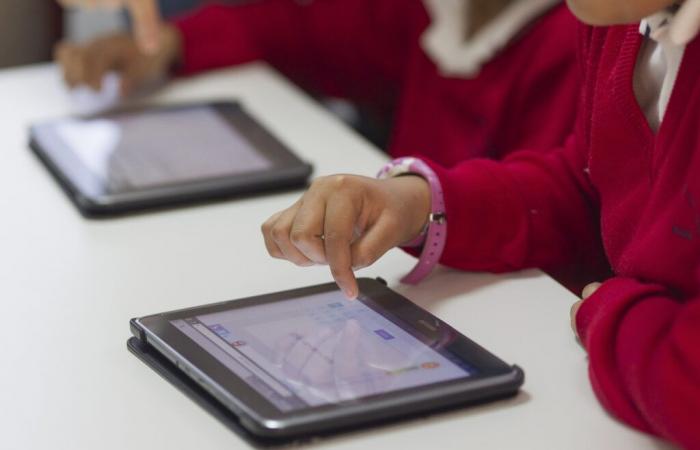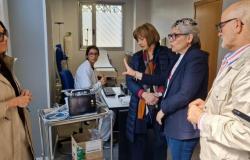The coordinator of the Health Promotion Committee of the Spanish Association of Pediatrics (AEP), Dr. Julio Álvarez Pitti, has proposed to develop the learning of digital competence in schools without the use of screens, which would mean a “paradigm shift” that he considers as effective, innovative and healthy.
“Digital education must adapt to the student development stage. Starting that learning without screens allows you to lay some solid and healthy bases for critical digital literacy, without unnecessarily exposing young children to risks that are not yet prepared to manage,” said Dr. Álvarez Pitti.
Because its current implementation depends “almost exclusively” on the use of screens, even at the earliest ages, it can lead to “important risks” for child health such as sleep disorders, visual fatigue, sedentary lifestyle, memory deterioration, concentration difficulties, social isolation or fragmented cognitive development.
The pediatric member of the AEP Digital Health group, Dr. María Angustias Salmerón, explained that digital competition not only implies managing a screen, but also based on “thinking critically, protecting themselves in digital environments, understanding how algorithms work, identifying bulles or actively participating in a connected society”, a series of issues that can begin to work without using devices.
These types of competences can be acquired through analog and dynamic group tools such as strategy games, manipulative materials, debates or simulations, which favor “deeper” learning and protect the physical, emotional and social well -being of children and adolescents.
-Applying this model can help avoid overexposure to devices at an early age, as well as foster deeper, reflective and participatory learning, democratize its access to not depending on technological resources, and promote the physical, emotional and social health of students.
Dr. Salmerón has also pointed out that numerous studies suggest that children and adolescents can present difficulties when it comes to extrapolating knowledge acquired through the screen to real life.
“For example, making a tower on the screen implies a poor stimulus where the child displaces the finger in a two-dimensional space. However, making a tower on the floor is very different, it launches the use of the eye-man coordination, of stacking pieces, the interaction with a person, the possibility of stacking pieces or throwing them, etc.. The latter is a stimulus of great complexity if we compare it with the same activity on the screen,” he said.
For all these reasons, the agency has recommended to launch a pilot project in educational centers to be able to validate this methodology in practice, which should contemplate specific teaching materials such as activities without screen adapted to different educational stages, teacher training and evaluation instruments without devices, which allow measuring the progress of students without resorting to digital platforms.
“The objective is to generate evidence that confirms that this model is not only viable, but is healthier, inclusive and aligned with child development. It is an opportunity to transform digital education from the perspective of health,” he concluded.






